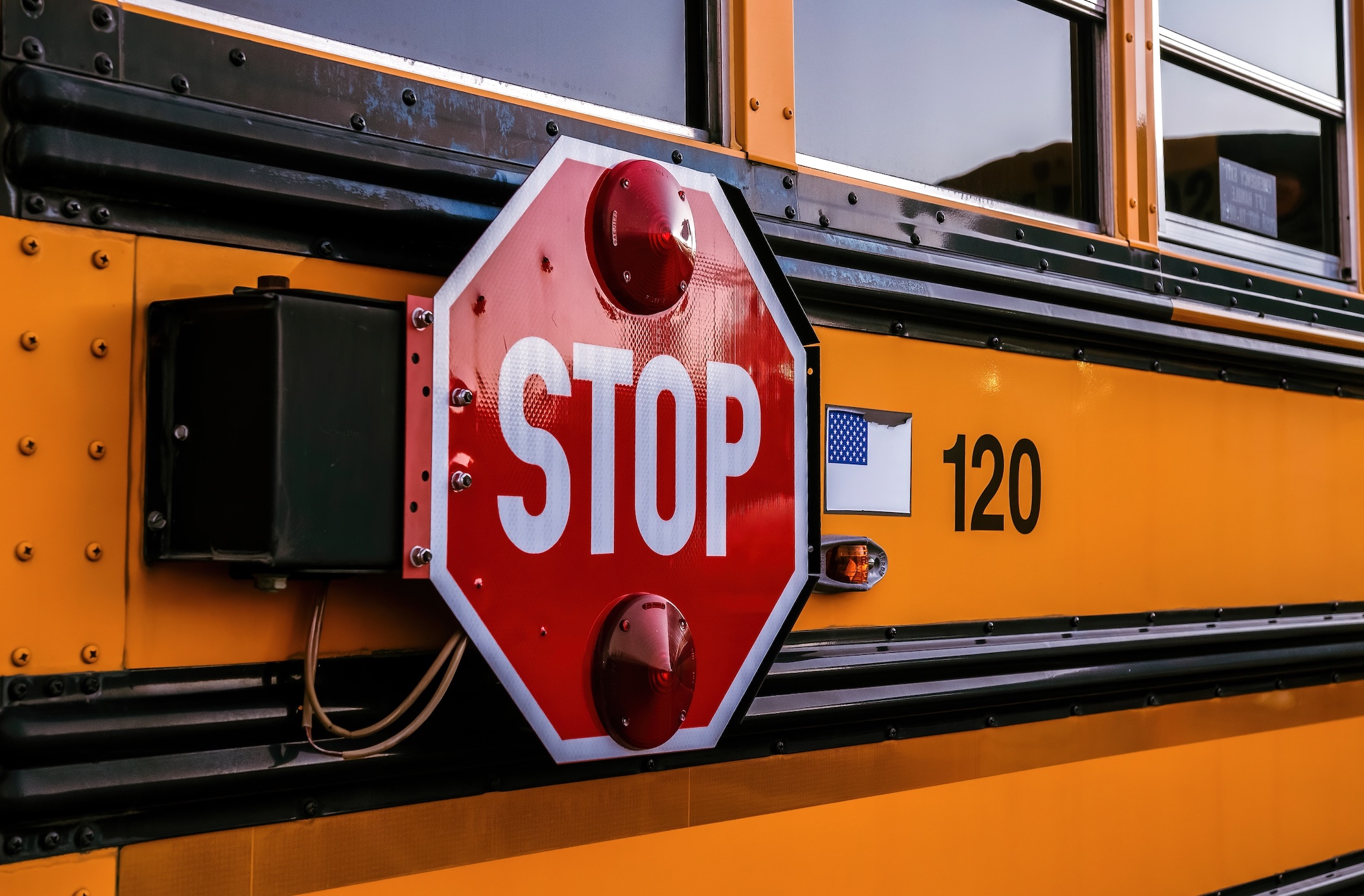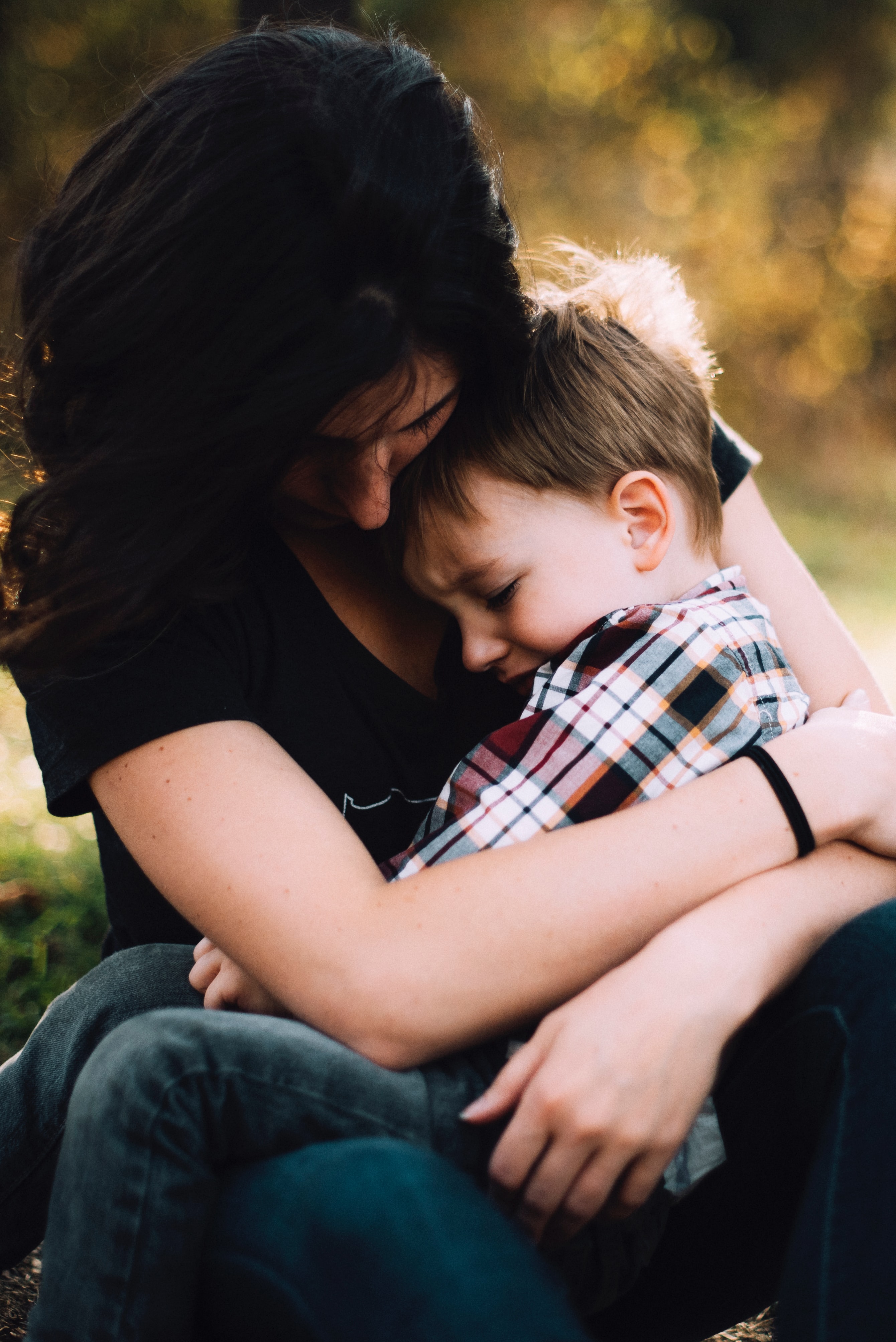Many states in America consider minors, people aged below 18, not yet prepared to file a claim. Therefore, only the parents and guardians of the victims are allowed to do so on their behalf.
Governments worldwide have laws that aim to protect their citizens’ lives regardless of age. In fact, many laws extend their protection not only to adults, but also to minors, knowing that they’re prone to incidents that may cause harm to their wellbeing.
Children possess promising potentials, and developing their cognitive, physical, and behavioral facets necessitates their exposure to environments that stretch outside of their own homes, which, most of the time, entails risks. As they’re incredibly vulnerable during their young age, they’d require the guidance, support, and protection of their families, the authorities, and the whole community, who are responsible for their safety and wellbeing.
However, due to negligence, carelessness, and lack of precautionary measures on the side of these responsible adults, unfortunate incidents may happen. Such accidents may cause injuries, which may, at times, lead to long-term disabilities or, worse, death. In such cases, it’d be reasonable for the parents or guardians of the victims to file a child injury claim to get the justice and compensation they deserve.
That said, here are three types of child injury claims:
- School-related Injury Claims
Families allow their children to attend school, given how crucial education is to the development of their well-being. And, to nurture children’s growth in earnest, a school institution must secure a safe learning environment. Failure to do so either in the form of negligence or maltreatment from school administrators and staff can lead to child injuries, for which they can be liable.
Take school bus accidents as an example. Many schools fetch their students before their classes start and then take them to their respective homes by utilizing buses, which is convenient for parents and students because it saves them from transportation fares. Nonetheless, the use of school buses demands greater responsibility on the part of school administrators because they need to ensure that their students safely make it inside the campus and their homes. Also, using a school bus can be risky because of the following reasons:
- Many school buses don’t have seatbelts suitable for student passengers.
- School bus drivers may be drunk or high on illegal drugs.
- Many school buses are difficult to control because they’re too huge, even worse during extreme weather conditions
Are school bus accidents common? According to a 2018 report by School Transportation News, more than 20 million students used school buses on their way to school. Unfortunately, based on Stanford Children’s Health, around 20,000 students received medical treatment in the same year after figuring in school bus accidents.

If a school bus accident happens during their trip and a student sustained an injury, the school must provide compensation to them. After all, the damages that children might sustain from this tragic event, physical and mental, will require immediate medical medication and treatment, which could mean enormous medical bills. Victims should also consider getting the help of a credible child injury lawyer to ensure proper compensation.
- Cycling-Related Injury Claims
Cycling is a sports activity that adults can teach their children. It can make their lifestyle more active, enhancing their physical stamina, body posture, and balance, among other things. Even so, it’s a physical workout that can lead to injuries, too.
Fall incidents are to be expected during the start of their learning journey, so they need someone to physically support them. Also, another entity must be liable if a cycling accident occurs.
For example, a minor riding a bicycle within the perimeters of a bicycle-only lane is hit by a car. In that case, the car driver must provide just compensation depending on the extent of the child’s injuries. In this scenario, the car driver incurred the offense of hitting a minor and driving their car in a bicycle-only lane.
- Play-Area-Related Injury Claims
Children are naturally playful. They’re curious and active people who want to play as long as possible. Supporting them by letting them play on playgrounds can be ideal because it allows them to meet new friends and become more aware of their surroundings. However, like other places, play areas can bring disaster, too, if not secured well.
Playgrounds need constant maintenance. Their features, like swings, endure extensive pressure from children who regularly use them, requiring a daily check to see if the seats, the ropes, or the foundation is starting to loosen up. If the play area staff fails to maintain the area properly, children might suddenly fall from a loosened swing or a rusty ladder and sustain injuries. These could be grounds for filing a child injury claim
Can Minors File An Injury Claim?
Many states in America consider minors, people aged below 18, not yet prepared to file a claim. Therefore, only the parents and guardians of the victims are allowed to do in on the latter’s behalf. Adults can ask for support from a credible injury lawyer in terms of legal advice and court representation, among others.
Conclusion
Children are vulnerable to injuries. Some happen due to their innocence, but many more occur because of others’ negligence or maltreatment of their welfare. Filing a child injury claim guarantees justice and just compensation for minors who fall victim to accidents that cause them harm.


Join the conversation!